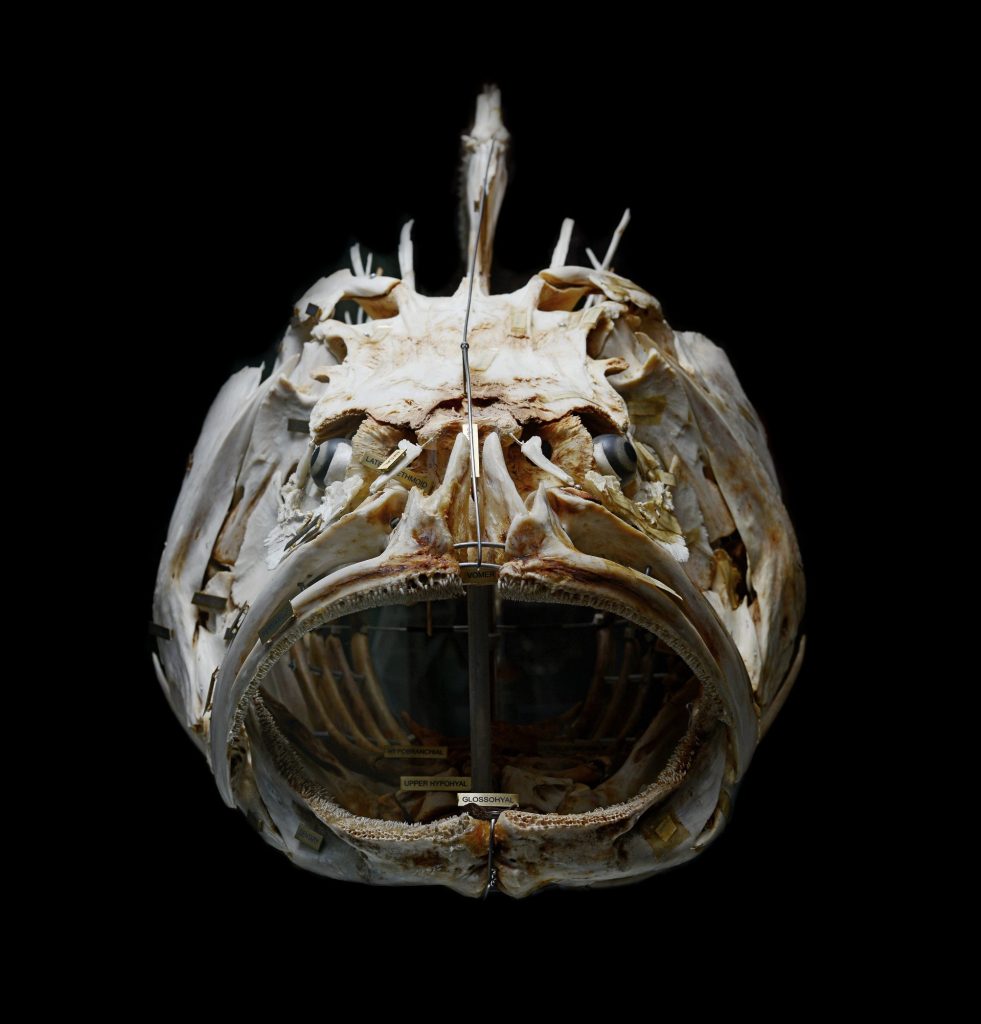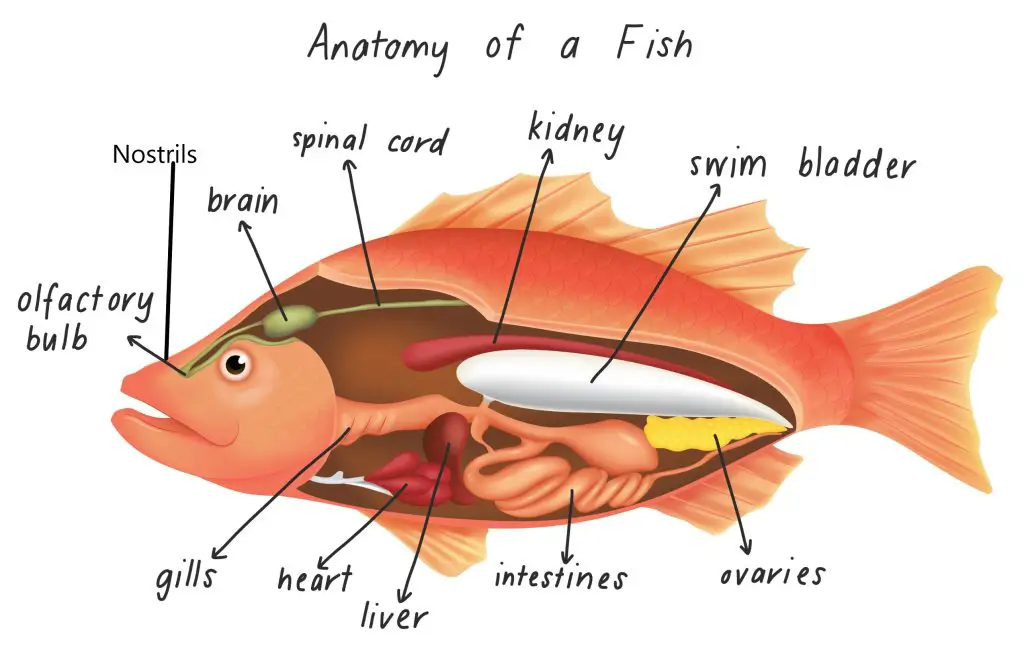Fish breathe through their gills, located on the side of the fish’s head towards the back portion of its buccal cavity, and grouper breathes through gills too, and they don’t have lungs. If you were to take a close look at the gills of a grouper, you might notice that they are divided into two separate rows on each side. While some fish have even more than two gill rows, it’s interesting to know why grouping in such a way benefits these fish.
Groupers are some of the most innovative, giant, and successful fish in the sea. They have a fearsome reputation, but they’re also quite curious creatures. The grouper is unlike other fish in its features. As grouper swims their mouth open, they are often mistaken for eating at the time, but like other fish, grouper breathe with their gills. When swimming with their mouths open, they are getting the air from the water across their gills. They could also be eating at the same time The gills are located towards the back portion behind the mouth, or the pharynx, which is covered by the opercular bone. By looking at this phenomenon and the differences between grouper and other fish species, we can learn more about how better to understand the biology behind the world around us.
Do Groupers Have Lungs?
They don’t have lungs like land-based animals do. Lungs are an evolutionary trait of all land-based organisms which. The belief is that organism first formed in water and evolved over time to be able to respirate outside of the water, because of the development of lungs. As a fish which lives in the water full time a grouper is not able to breathe outside of the water because it does not have lungs.

How is a Fish Breathing Different from Humans?
Fish may look like they are breathing the same way you and I do- with our noses and mouths- but that’s not the case. Fish breathe through gills located on the sides of their heads. The gills are covered with a thin layer of skin and can be seen when the fish opens its mouth. The gills allow fish to breathe underwater and extract oxygen from water. Breathing is just as important for a fish as it is for a human and groupers bodies are built with a bone called the opercular bone to protect the gill, which are located underneath them on the grouper’s body. The opercular bone is located towards the back portion of the buccal cavity. The opercular bone is the equivalent of what ribs do for us as humans to protect our lungs and our hearts. Evolution has a great way of thinking of everything.
The way fish breathe is different from how humans breathe because humans have lungs capable of extracting oxygen from the air. To breathe, we need to suck in air and then release it through our lungs. This process creates pressure inside our chests which must be relieved somehow. That’s where our hearts come in; they pump blood throughout our bodies and push the air out of our lungs, sending it into our bloodstream.
How Do Grouper Breathe with Their Mouth Open?
The grouper is a type of fish known for having an enormous mouth. This largemouth is used to take in food and water. Groupers breathe through their mouths because this is the best way to get the oxygen they need while they are swimming. When groupers breathe through their mouths, they use their gills to get the oxygen they need. Many fish breathe with their mouths open, including grouper, which can consume large quantities of water and other food items. The mouth of the grouper is specially adapted to allow for this open breathing style.
Why Is Breathing Different for Groupers?
The way groupers breathe is very different than other fish. They have a unique pharynx organ that allows them to breathe air. Their gills are also located on the side of their body, which helps them to extract oxygen from water.
How Do Other Fish Breathe?
Fish breathe through their gills. Grouper, for example, has two rows of gill slits that open and close with each breath. The gills are covered in a membrane that helps to keep water out. Many fish use their fins to help them breathe by using the airstream created by their movement to flow over the gills and extract oxygen from the water.
What Are the Differences Between Gills and Lungs?
Gill breathing is a mode of respiration where fish and other aquatic vertebrates extract oxygen from the water through their gills. In contrast, like humans and other land animals, air-breathing vertebrates take in oxygen through their lungs.
The main difference between gills and lungs is that gills filter large volumes of water while lungs filter smaller amounts of air. This difference in the filtering mechanism allows for more efficient oxygen uptake by the fish or amphibians. Additionally, gills are located close to the heart and supplied with fresh blood, while the lungs are near the spine and with recycled blood. This location difference allows for different metabolism levels in each organ.
The primary function of the gills is to extract oxygen from water and release carbon dioxide. In some cases, such as when fish are confined in a small area, they may need to rely on diffusion to get enough oxygen.

What Is the Function of a Grouper’s Nostrils?
The nostrils of a grouper are used to extract scents from water, and not oxygen. While oxygen is necessary for the fish to survive the nostrils do not help in the area like they do for land-based creatures. Groupers have two nostrils on either side of their head, just above their eyes. They use these nostrils to introduce water into their olfactory system. Once in the olfactory system the things found in the water can be “smelled” by the grouper. This helps the grouper to locate other organisms to eat.
Conclusion
Groupers breathe by opening and closing their gills. The gills are two rows of small, thin bones lining your fish’s mouth. When they swim in open water groupers use their open gill to exchange air with the water. This process helps them stay oxygenated and hydrated at the same time. We hope this article clarifies the misconception that grouper has lungs to breathe. Although groupers don’t have separate lungs, they have fascinating characteristics and features.












Pingback: Do Groupers Have a Tongue? | Reel Fishing Guru